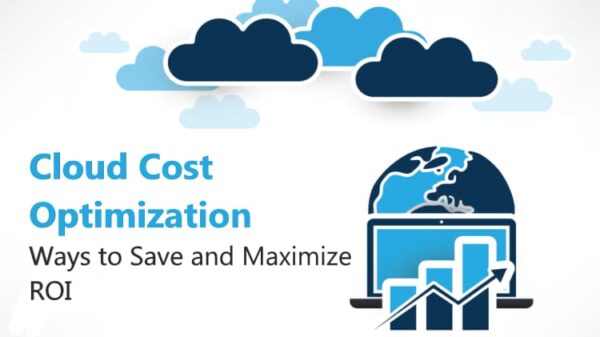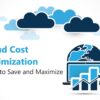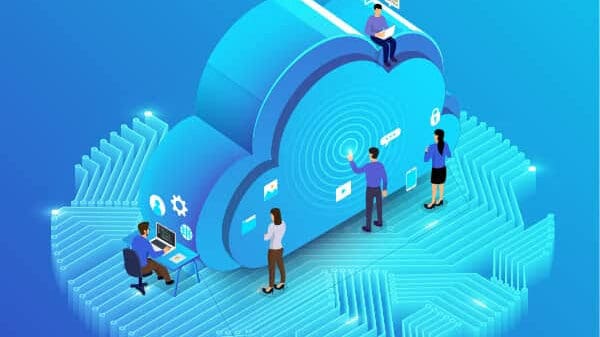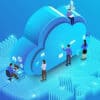Public cloud services have been around for some time now. They have been the main reason behind the movement of cloud computing from relative obscurity to ubiquitous stature. As they develop and continue to improve on their current service delivery levels, they are set to become the main reason behind the increased adoption of cloud technology. However, cloud computing has been a niche computing technology for a long time. As such, most people are still unaware of how public clouds are able to deliver the services they do to the end consumer in a seamless manner.
To address this lack of information, one must be introduced into the wonderful world of cloud computing applications. At the very base level of cloud computing software technology, we have the cloud application programming interface. The API forms the basis of the software end of the cloud solution provided to the consumer. It is installed at the server level; layered onto the server operating system and Virtualization software. It forms the computing protocol which runs the cloud servers. This enables the hardware resources, which have been virtualized by the Virtualization technology, to be distributed and assigned to the end user through the network. The network dispersed distribution function is handled by the server operating system which controls the networking capacity. In public cloud, the distribution function is carried out solely through the internet as the enabling network.
The API forms the technical basis on which cloud computing applications are built. These applications are the access points for the consumer using cloud solutions. They come in two main categories. The first is desktop applications, which can be installed on the computing device being used. This category has the true desktop applications and mobile applications for use in Smartphone and tablet devices. The second category is web extended applications. For a user to gain access to these, they must access the internet and then the website where the application has been extended. Desktop applications have gained prominence over their web extended counterparts even though the latter were the first on to the market. This is because mobile computing has become the default method of web access. Additionally, desktop applications have the advantage of providing offline use in a limited set of circumstances.
Note. Applications are a form of thin client that interacts with the cloud directly. It simplifies the available resources into a set of user functions that the consumer can use regardless of their knowledge or expertise level.

























































































































































































